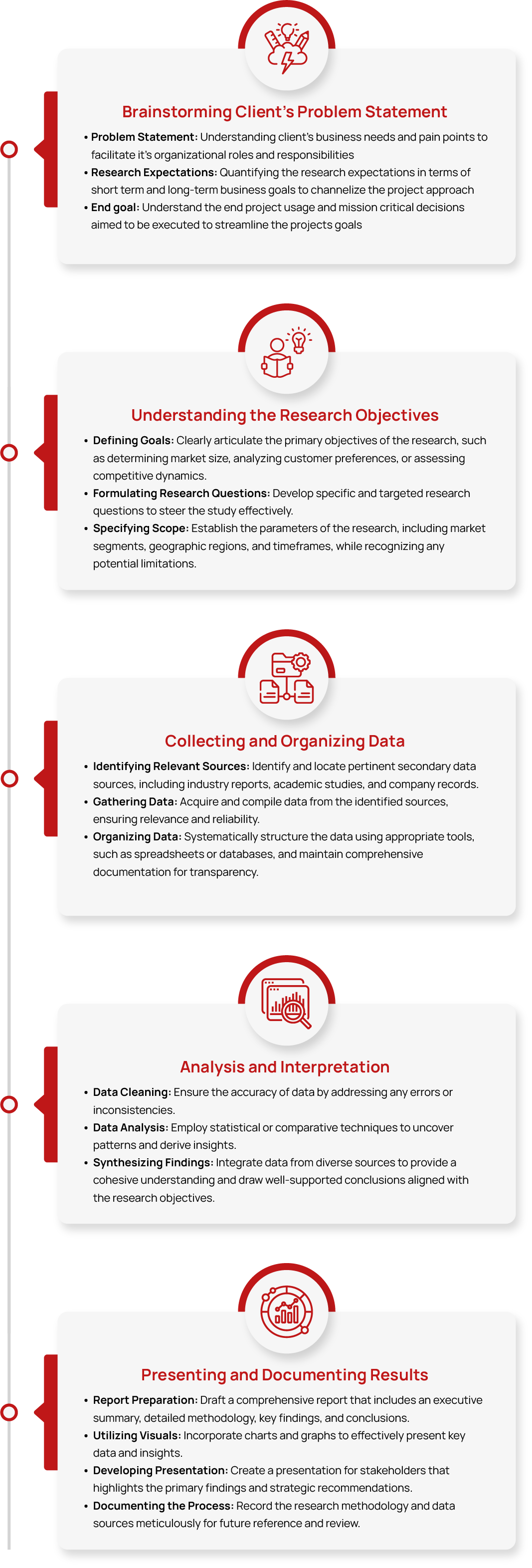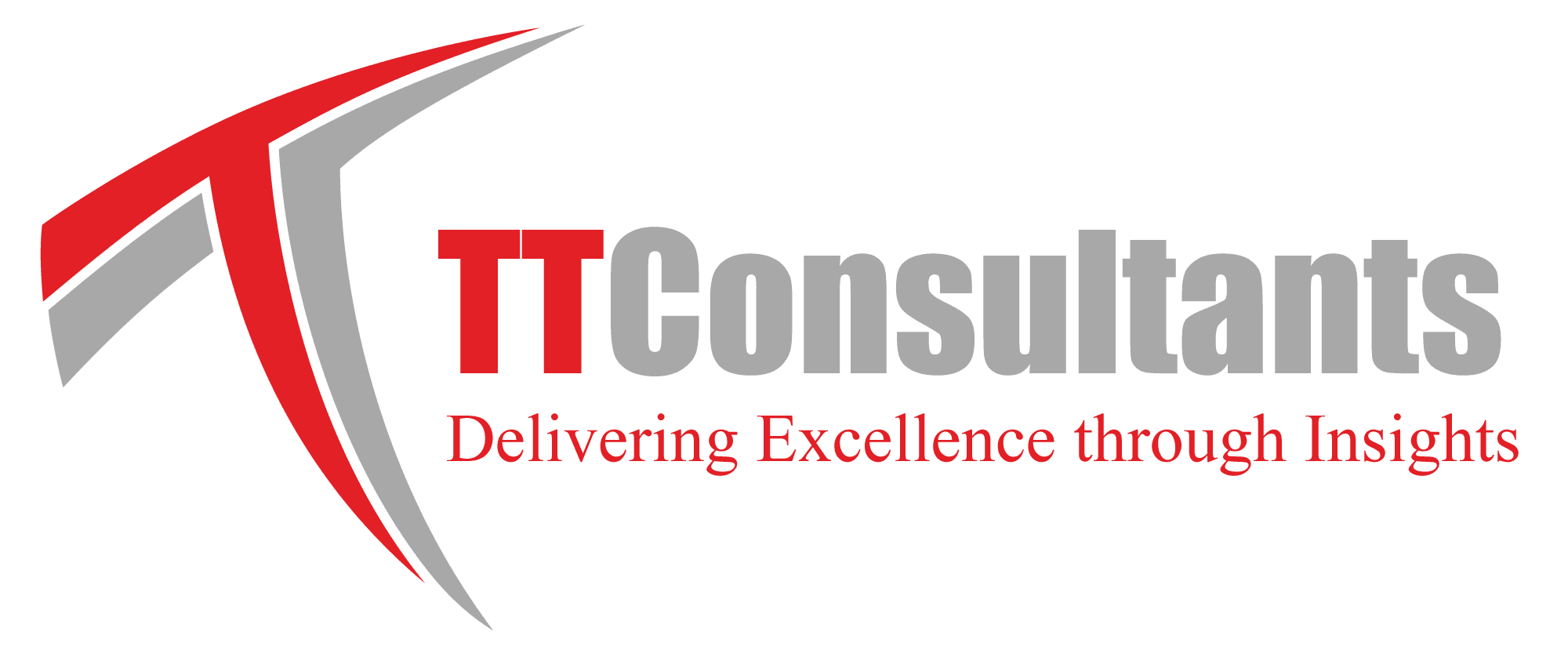Global Self-Healing Coatings Market Size, Share & Growth and Trend Analysis Report, 2032
- Summary
- Market Landscape
- Methodology
- Table of Contents
Global Self-Healing Coatings Market Size, Share & Growth and Trend Analysis Report, By Product Type (Intrinsic, Extrinsic), By End-Use Industry (Automotive, Construction, Aerospace, Marine, Electronics, and Others), By Technology (Microencapsulation, Microvascular, Shape Memory Materials), By Application Method (Spray, Brush, Others), and By Region) and Forecasts 2024 – 2032
The Self-healing Coatings Market represents an innovative solution in surface protection technology that addresses both durability concerns and maintenance costs across various industries. This market encompasses the development, manufacturing, and distribution of smart coating materials capable of automatically repairing surface damage without external intervention.
The Global Self-healing Coatings Market was valued at approximately USD XX billion in 2024. It is projected to grow to USD XX billion by 2032, with a compound annual growth rate (CAGR) of estimated 13% from 2025 to 2032.
Industry Trends
The market is experiencing a revolutionary transformation from traditional protective coatings to smart, self-repairing solutions like healing paints. This shift is driven by increasing demand for maintenance-free surfaces, rising focus on sustainable solutions, and continuous technological advancements in material science. The industry has witnessed significant developments in nanomaterials and polymer chemistry, enabling more efficient self-healing mechanisms.
The self-healing coatings industry has demonstrated substantial growth, propelled by automotive and construction sector demands, increasing focus on asset longevity, and advancing material technology. Companies are focusing on developing more efficient healing mechanisms, improved durability, and broader application possibilities while also exploring new markets in consumer electronics and renewable energy infrastructure.
However, the market faces challenges including high initial costs, technical limitations in extreme environments, and the need for standardization in performance metrics. Scaling production while maintaining consistent quality and reducing costs remain key challenges to widespread adoption.
Industry Expert's Opinion:
- Sarah Chen, Chief Technology Officer at Autonomic Materials
"The future of protective coatings lies in smart, self-healing technologies. We're seeing tremendous advances in understanding the molecular mechanisms of self-repair, which enable us to design more efficient and reliable systems."
- Mark Thompson, Research Director at Coatings Research Institute
"The key challenge now is bridging the gap between laboratory success and commercial viability. We're seeing promising developments in reducing production costs while maintaining performance, which is crucial for market expansion."
- Norfadilah Dolmat Author at Petroliam Nasional Berhad (PETRONAS)
“Traditional protective coatings provide a barrier against environmental factors, but once damaged, they require manual intervention. In contrast, self-healing coatings autonomously repair themselves, reducing the need for frequent maintenance and reapplication.”
TT Consultants’ Perspective
The market demonstrates strong growth potential, driven by technological innovation, increasing demand for maintenance-free solutions, and expanding applications across industries. Solutions like healing paint are expected to benefit from continued R&D investment, growing awareness of lifecycle costs, and increasing adoption in emerging areas such as renewable energy infrastructure.
Market Segmentation
1. By Product Type (Intrinsic, Extrinsic)
The extrinsic segment dominated with a XX% revenue share in 2024. This leadership position is attributed to its proven reliability, versatility across different substrate materials, and established manufacturing processes. The intrinsic segment is expected to show the highest growth rate between 2025 and 2032, driven by advancements in polymer chemistry and increasing demand for simpler healing mechanisms.
2. By End-Use Industry (Automotive, Construction, Aerospace, Marine, Electronics, and Others)
The automotive segment held the largest revenue share of XX% in 2024. This dominance reflects the high demand for scratch-resistant coatings in vehicles and the industry's early adoption of self-healing technologies. The electronics segment is projected to experience rapid growth during the forecast period, supported by increasing demand for protective coatings in consumer electronics and advancing miniaturization trends.
3. By Technology (Microencapsulation, Microvascular, Shape Memory Materials)
The microencapsulation segment led the market in 2024 and is expected to maintain its dominant position throughout the forecast period. This growth is driven by its reliability, scalability, and proven performance across various applications. The shape memory materials segment shows promising growth potential, particularly in high-end applications requiring specific triggering mechanisms.
4. By Application Method (Spray, Brush, Others)
The spray segment captured XX% of the market share in 2024, driven by its efficiency in large-scale applications and uniform coating capability. The brush segment maintains importance in repair and touch-up applications, particularly in the construction and marine sectors.
5. By Region (North America, Europe, Asia Pacific, Latin America, and Middle East & Africa
North America is anticipated to exhibit the fastest growth during the forecast period, driven by high adoption rates in automotive and aerospace industries, substantial R&D investments, and increasing focus on infrastructure protection. Europe dominated the global self-healing coatings market with a value of USD 720 million in 2024 and is expected to maintain its leadership position throughout the forecast period. This dominance is attributed to strict environmental regulations, advanced manufacturing capabilities, and strong presence of key market players.
Competitive Scenario
The global self-healing coatings market features a mix of established chemical companies and innovative materials technology firms. Key market players include AkzoNobel, PPG Industries, Autonomic Materials, Inc., NEI Corporation, and Sherwin-Williams Company. These companies are investing in R&D, new product development, and strategic partnerships to maintain a market position.
Strategic Activities
- At Automechanika Frankfurt 2024, Nasiol showcased its latest advancements in self-healing nano coatings for automotive applications. The company introduced coatings that can autonomously repair minor scratches and surface damage, enhancing vehicle durability and aesthetics. These innovative coatings utilize nano-scale polymers that respond to heat or pressure, enabling self-repair without external intervention. Companies aim to promote self-healing technology to extend vehicle lifespan, reduce maintenance costs, and improve surface protection and continue to explore advancements in durability, flexibility, and environmental sustainability for their next-generation self-healing coatings.
- In 2024, Researchers at Sun Yat-sen University have developed a self-healing marine coating that repairs microcracks in under two minutes when exposed to sunlight. The coating uses iron oxide black (Fe₃O₄) nanoparticles to absorb solar energy, generating heat that melts tetradecanol, a phase-change material that flows into and seals cracks. This innovation enhances corrosion resistance (over 99% efficiency) and extends the durability of marine structures.
- In July 2023, Researchers at the Indian Institute of Technology (IIT) Bhilai have developed an innovative self-healing polymeric coating for solar cells. This coating can autonomously repair cracks within five minutes, enhancing the durability and efficiency of photovoltaic systems. The polymer, synthesized through cationic polymerization, exhibits redox-responsive properties that facilitate rapid self-repair. The research team, led by Dr. Sanjib Banerjee from the Department of Chemistry, has published their findings in the European Polymer Journal and plans to explore potential aerospace applications for this technology.

Please fill out the form to request the ToC and gain access to detailed insights in the report.
Request Table of Contents







